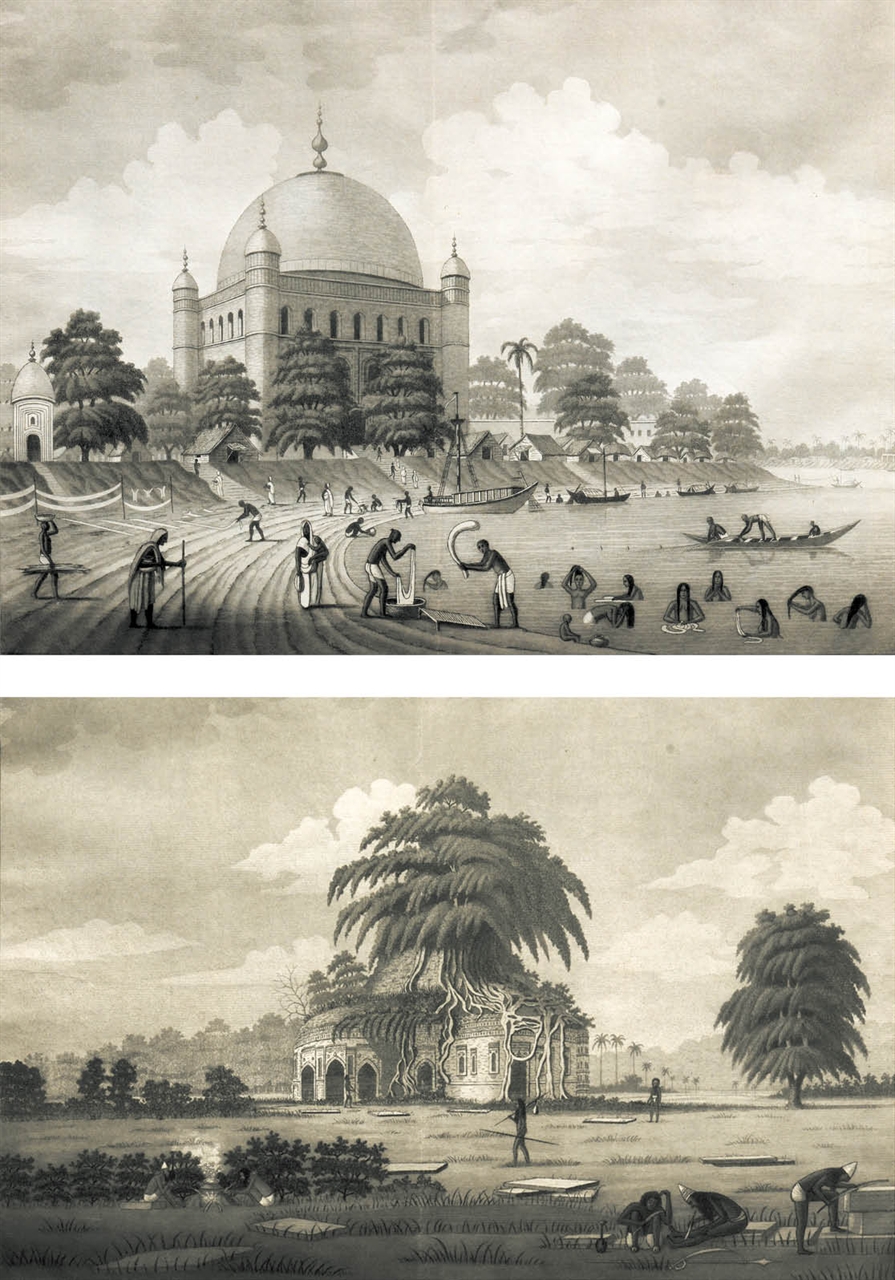![]() Antiquarian Books, Maps, Prints & Photographs - I
Antiquarian Books, Maps, Prints & Photographs - I
![]() Antiquarian Books, Maps, Prints & Photographs - I
JAMES MOFFAT (1775 - 1815)
Antiquarian Books, Maps, Prints & Photographs - I
JAMES MOFFAT (1775 - 1815)
CONTACT US
Catalogue & Viewing
Lot Closed
Accounts & Shipping
Lot Closed
-
Details
 Details
Details
A Tomb at Nadia (Bengal) CHAMCUTTA MOSQUE AT GOUR, SO CALLED FROM A TRIBE OF FAKEERS WHO WOUND THEMSELVES, Uncolored aquatints with Etching and soft ground etching drawn and engraved by Moffat issued in Calcutta in 1798. double mounted, glazed and framed.
-
Literature
 Literature
Literature

James Moffat (1775–1815)
James Moffat probably made several excursions up–country. The Calcutta Gazette announced in February 1805: ‘Mr J. Moffat most respectfully returns his graceful thanks to those gentlemen of Calcutta etc. who have so liberally patronized his late several Publications of Views in India, and begs leave to inform them, and the Public in general, that he is now engraving a set of Plates on a large scale– Views of Calcutta, Berhampore, Monghyr, and Benares,– being all very Picturesque pieces, selected from a large
Collection lately taken, and are particularly illustrated, with a variety of appropriate figures and other Representations. The Work will be struck off on the best stout Drawing Paper, in various coloured Copper–Plate Printing inks.’Prints of all the plates listed in the Gazette are known. He also drew and engraved the fort of Allahabad, the village of Rajmahal, a view of Chinsura and a Muslim tomb on the river bank at Nadia. Nadia, another historic city, is also the place where the name of this tributary of the Ganges
changes from Hooghly to the Bhagirathi. Moffat sketched and engraved studies of the daily life and customs of the people, as he also mentioned in this advertisement. His prints include the Hindu hook–swingin festival on the banks of the Ganges. A crowded market at Murshidabad portrays another typical local scene.
-
Notes
 Notes
Notes

Ref: Scenic Spledours by Pheroza Godrej & Pauline Rohatgi.
